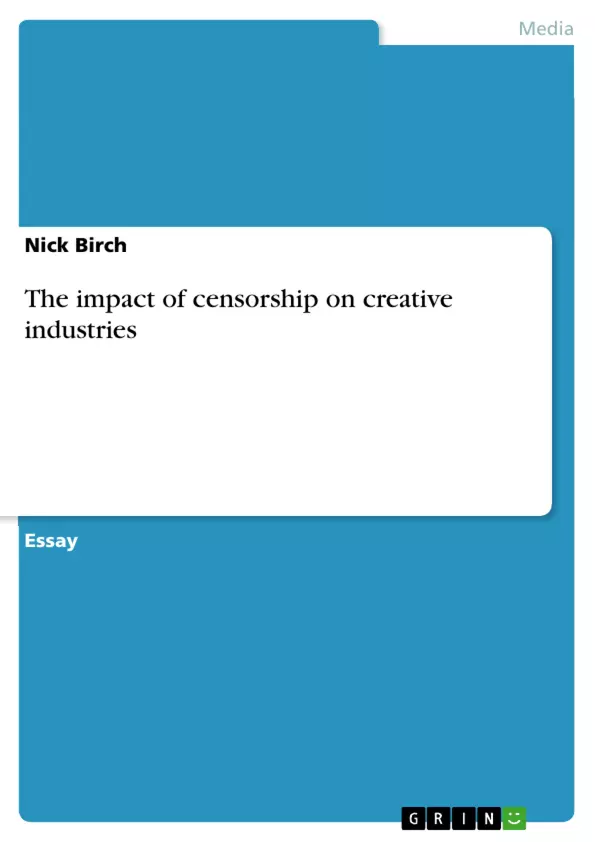Censorship can be a grey area and that is usually because what is under contention of being censored is far from black and white. The ramifications of this contention is of most interest to the Creative Industries as it may have a direct effect on the kind of content that governing bodies allow to be distributed, which in turn affects commercial viability and therefore production. There are the artists who may produce art for art’s sake, though there remains an indeterminate amount seeking remuneration from their efforts through sales and exhibitions. When their work or part of their work is suddenly deemed inappropriate by the law, the resulting controversy often results in publicity, a concept Art Photographer Bill Henson is no stranger to.
It is somewhat difficult to comprehend who or what is controlling the definition of art and its place in the cultural life of Australia. The manifestation of governmental and public opinion surrounding specific case studies can distinguish publicity from the constant reconstruction of culture, apropos the importance of the re-educating of governing bodies upholding the opinion of the public by the public themselves. Representing a fair spectrum, we have the publicly denounced work of Bill Henson and arguably one of the most controversial films of the decade, Ken Park, with its positive appraisal fiercely contesting only recently updated censorship laws. The battleground for these fights for cultural integrity is the media, the most public and least bias of course being the internet, though the internet in Australia is currently in the process of becoming censored itself! As though product from the creative industries were not being censored enough, the almost alarming concern the government is so compassionately exhibiting for all of our welfare may just be impacting industries in more ways than just what is appropriate to expose to a morally deteriorating or protection-dependant public.
Table of Contents
- Introduction
- Classification and Censorship
- Film and Television
Objectives and Key Themes
This text explores the impact of censorship on the creative industries in Australia, focusing on the interplay between artistic expression, government regulation, and public opinion. It examines how censorship affects the production, distribution, and reception of creative works, particularly in film and television.
- The definition and application of censorship in the creative industries
- The role of the Classification Board in regulating content
- The impact of censorship on artistic freedom and commercial viability
- The debate surrounding the classification of controversial content, including depictions of sex, violence, and children
- The use of media, particularly the internet, as a battleground for cultural integrity
Chapter Summaries
The introduction discusses the grey area of censorship and its potential impact on the creative industries. It highlights the controversy surrounding the classification of art, exemplified by cases like Bill Henson's photography and Ken Park's film. The text emphasizes the role of the media, especially the internet, in shaping public opinion and challenging censorship.
The chapter "Classification and Censorship" outlines the Australian Classification (Publications, Films and Computer Games) Act 1995 and the role of the Classification Board in regulating content. The chapter explores the principles behind classification and the evolving definition of “offensive” material, noting the importance of public scrutiny and the balance between censorship and artistic freedom.
The chapter "Film and Television" examines the impact of classification on the film and television industries, highlighting the controversy surrounding the classification of Ken Park. It analyzes the film's content, its classification as RC, and the debates surrounding the depiction of sex and violence, particularly involving minors.
Keywords
The text centers around the interplay of censorship, classification, artistic freedom, and cultural integrity in the Australian context. Key terms include the Classification Board, the National Classification Code, Ken Park, Bill Henson, offensive content, artistic merit, and the role of the media in shaping public opinion.
- Arbeit zitieren
- Nick Birch (Autor:in), 2009, The impact of censorship on creative industries, München, GRIN Verlag, https://www.grin.com/document/269669



